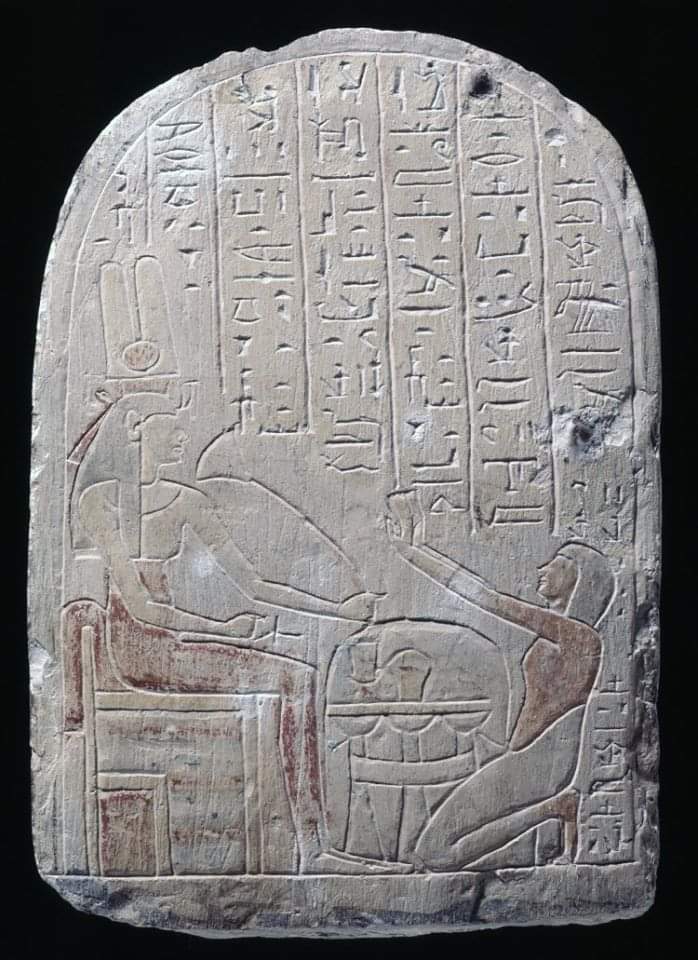Was Akhenaten distorted, and was this new touch of art called Amarna art?
What is the story of this art?
This art spread in the era of Akhenaten ..
Akhenaten is the one who originally started this art.
Let's just get to know Akhenaten the first with some of it.
Akhenaten was originally named Amenhotep the Fourth, but he changed his name to his name from Amenhotep the Fourth for Akhenaten.
Also, a second change was made ..
Transferring the capital from Tiba to Akheaton.
What does it look like?
It is a female body. It has female buttocks and its head is long.
Okay, what is the secret of its external appearance, which we continued for now?
First, we have a hypothesis saying that he had a deformation, and that the art of this period was very, very frank, and from the intensity of his frankness it was reached to the point that if he was entering the picture of the king with his family, it was the first time that happened at this time .
You enter by air and the royal palace is depicted and the king is depicted with the family de Mtamlich, not by the age of Amenhotep IV and almost disappeared after his return.
Another thing is that his head was very large and he had feminine buttocks, why not all of this?
Because the costume of what we said and what was known for this period was that the art of Amarna was very straightforward. There was a very large freedom in art, so art is portrayed as it is clear and apparent when they came in any way.
This is a first hypothesis, and we are saved from it.
The other hypothesis has still had to do with art.
What was she saying?
Why did they make a female body?
She had a relationship with religion, which he chose for himself.
I thought it would change its name, as we would say first, if you think.
It was not just that his sons also named Tutankh Aten .. and Ankh Isen Baatun.
And Aten was the one God, there is no plurality of gods, and there is no need, and of course, as we are accustomed from the time of our ancestors, people are not smiling.
There are people who say that he originally abolished the plurality of deities and there is no one but one deity.
And other people say that they are their servants, they worship the gods who want to worship them, but their cold is clear and admitted that they come as the one god but no one knows his response, what happened exactly when it happened.
It could be that they did it so that the one who came and was only one
It is known in the time of our ancestors that in gods in general it was necessary to meet a wife of God ..
Even if Amon would meet his wife, he would be there.
God can have two wives, a wife, and a son.
But this time the situation was very different for them.
This time, there is no wife and there is no need for this, but he is one god but ..
For the one who made Akhenaten at the time, let the god be the father and the mother at the same time. He is a love of his art that mixes male and female.
As described in its form to which we got connected.
His legs were feminine and above male ..
To whom he was wanting to deliver them if he was a man and six at the same time .
Father and Mother..
This was the second hypothesis, why.
The idea of his head remained. Was this really deformed, or is it the art that our pictures of the body have not been known?





















































